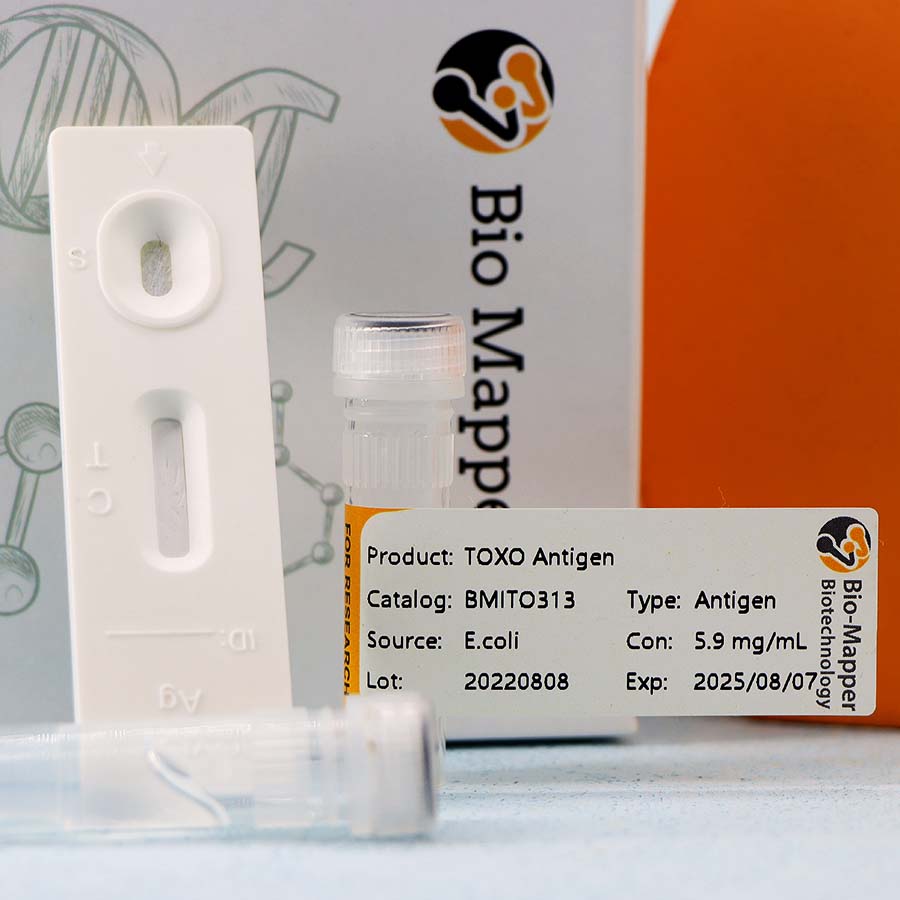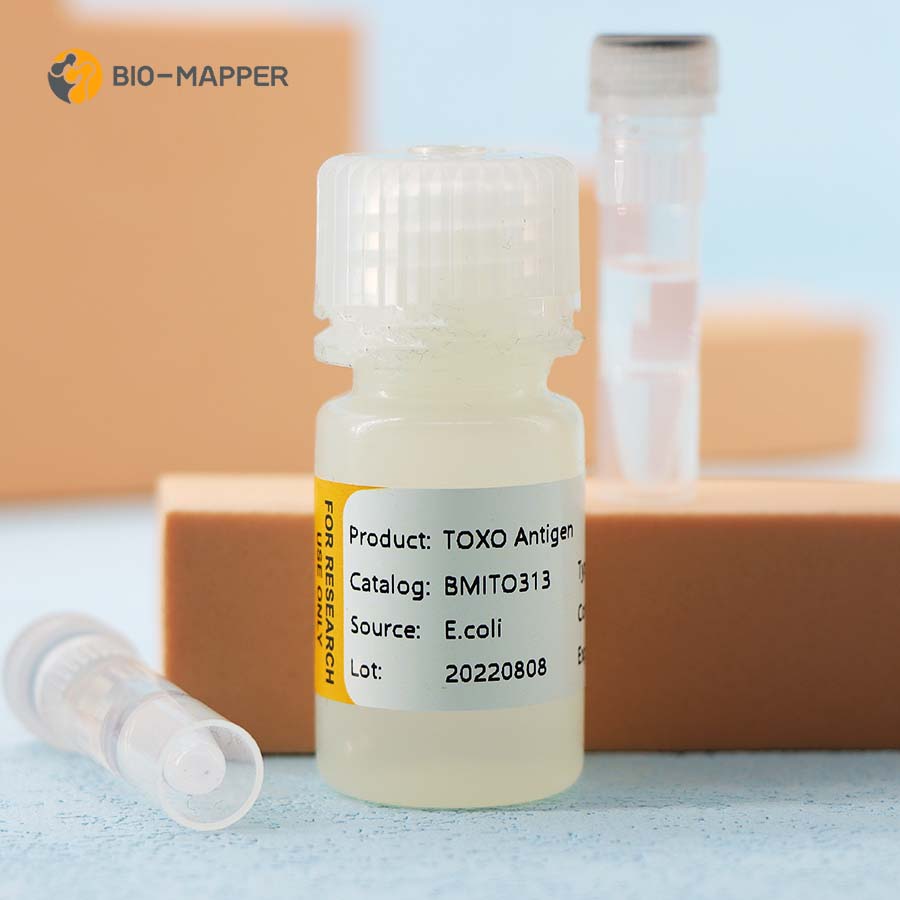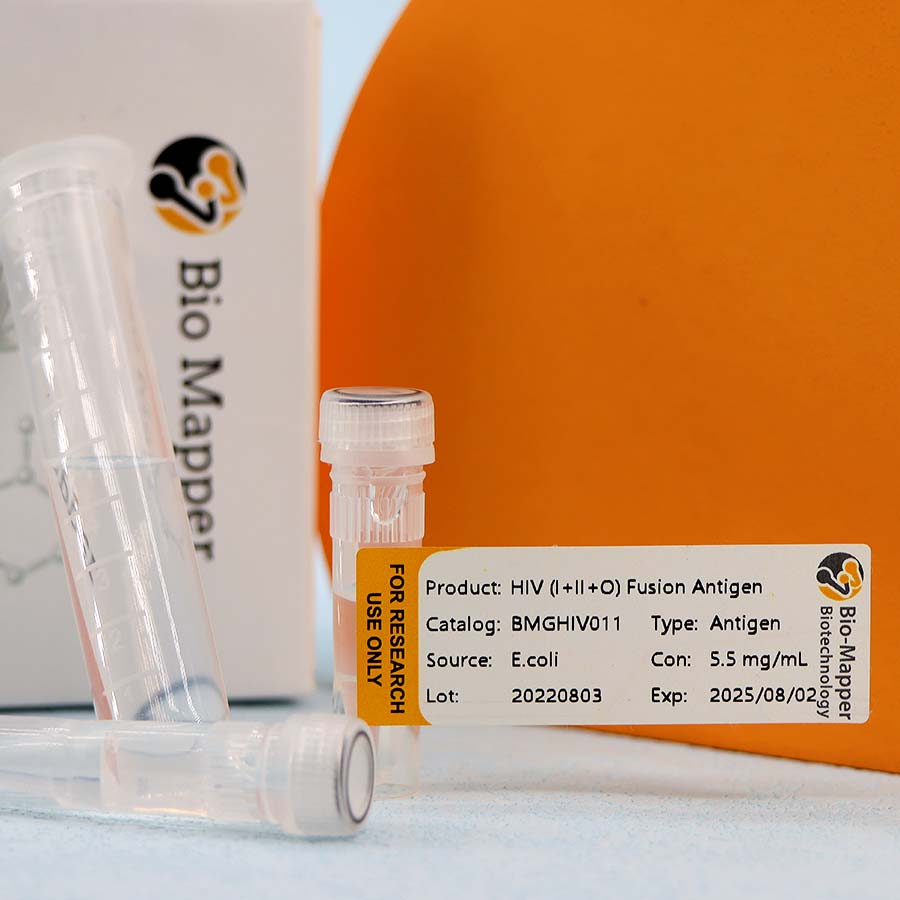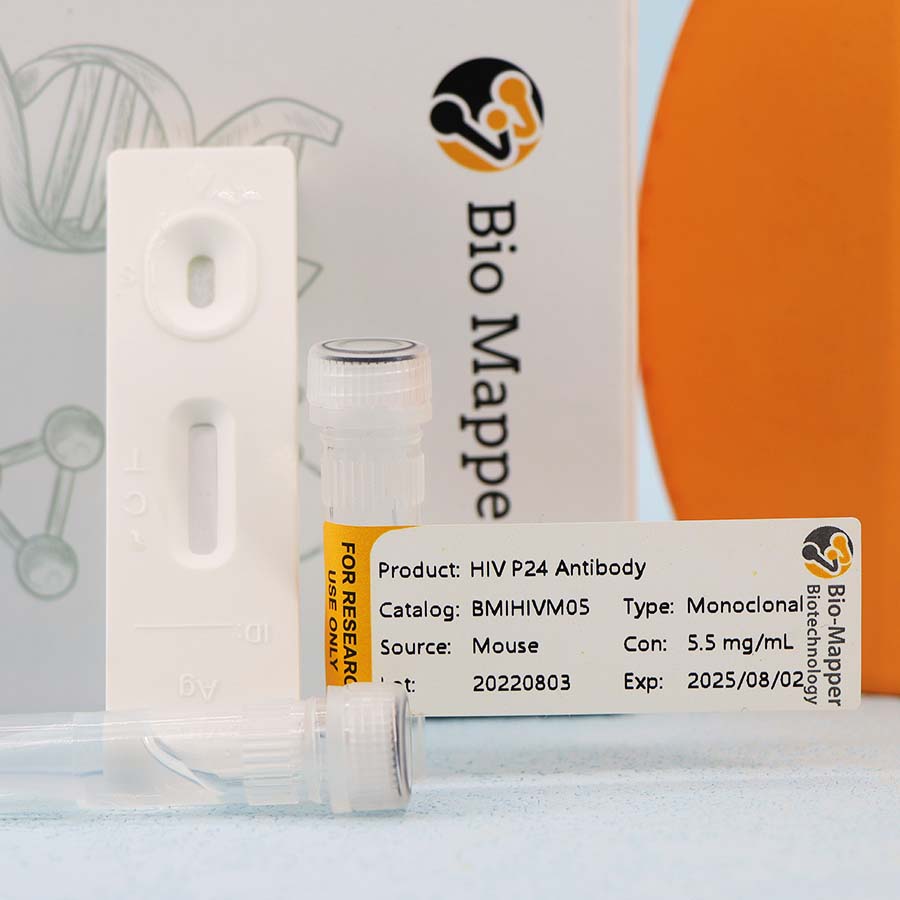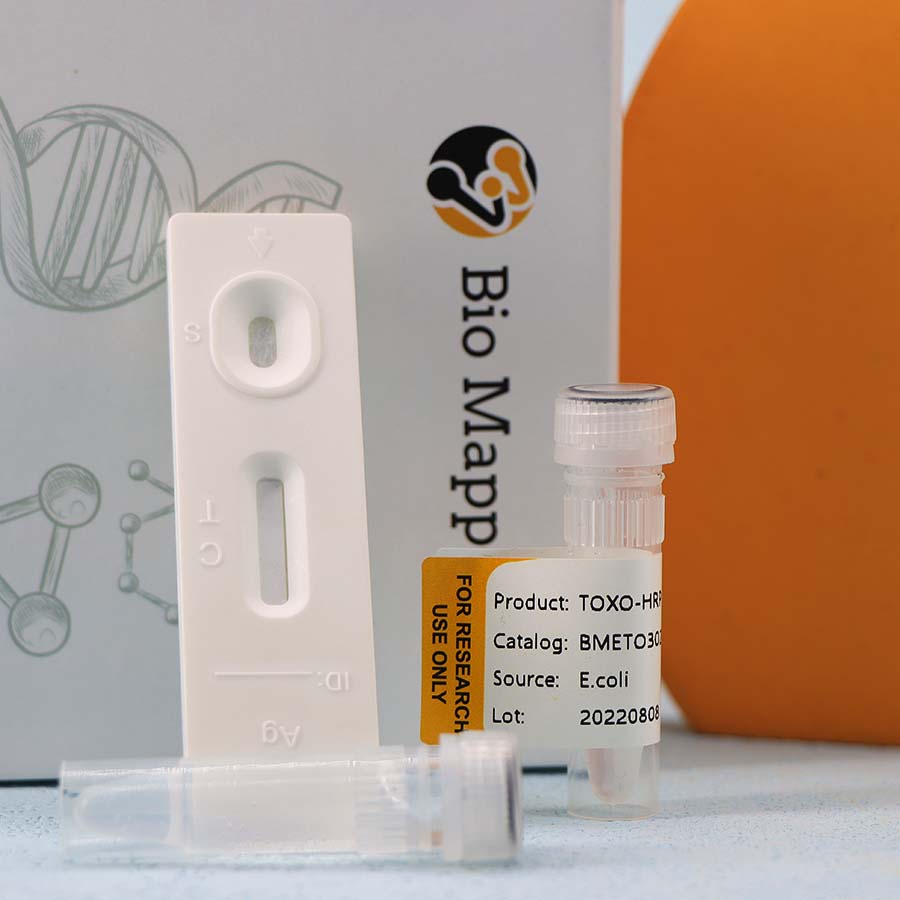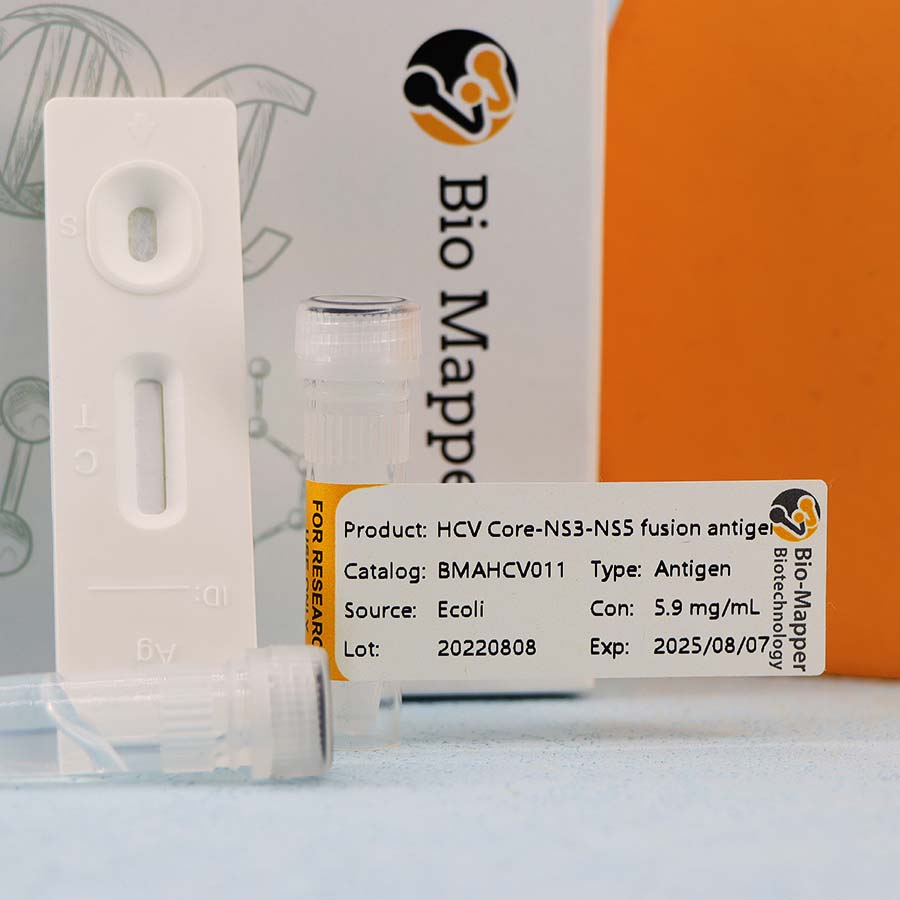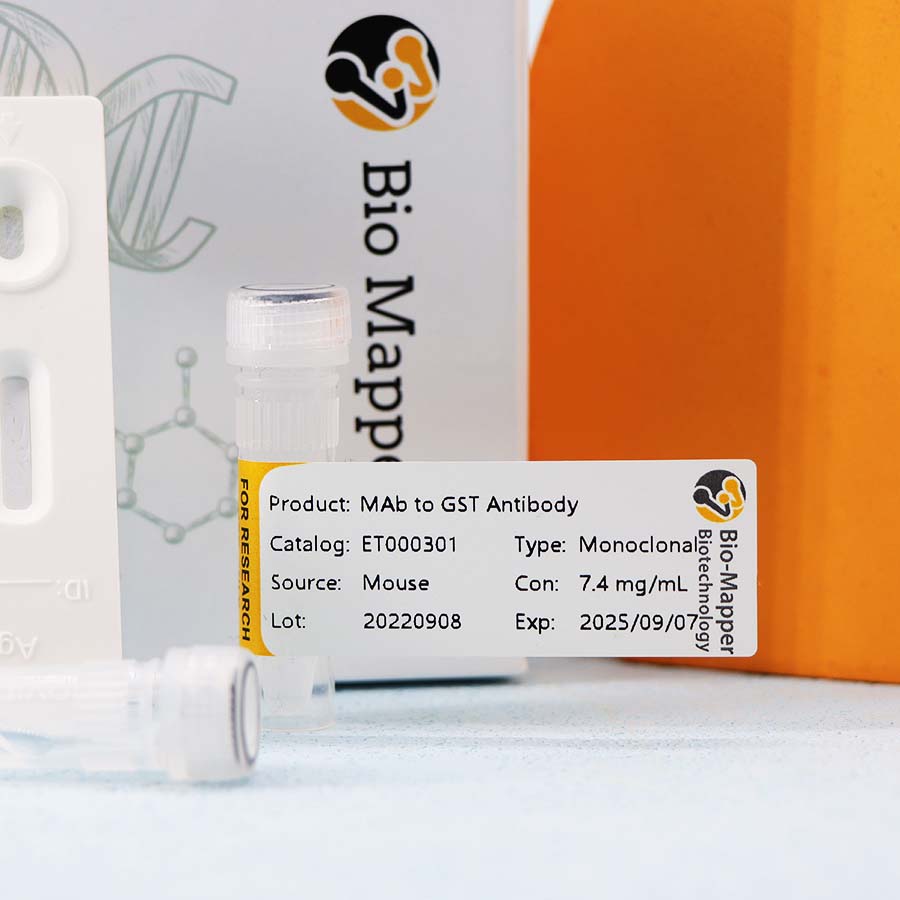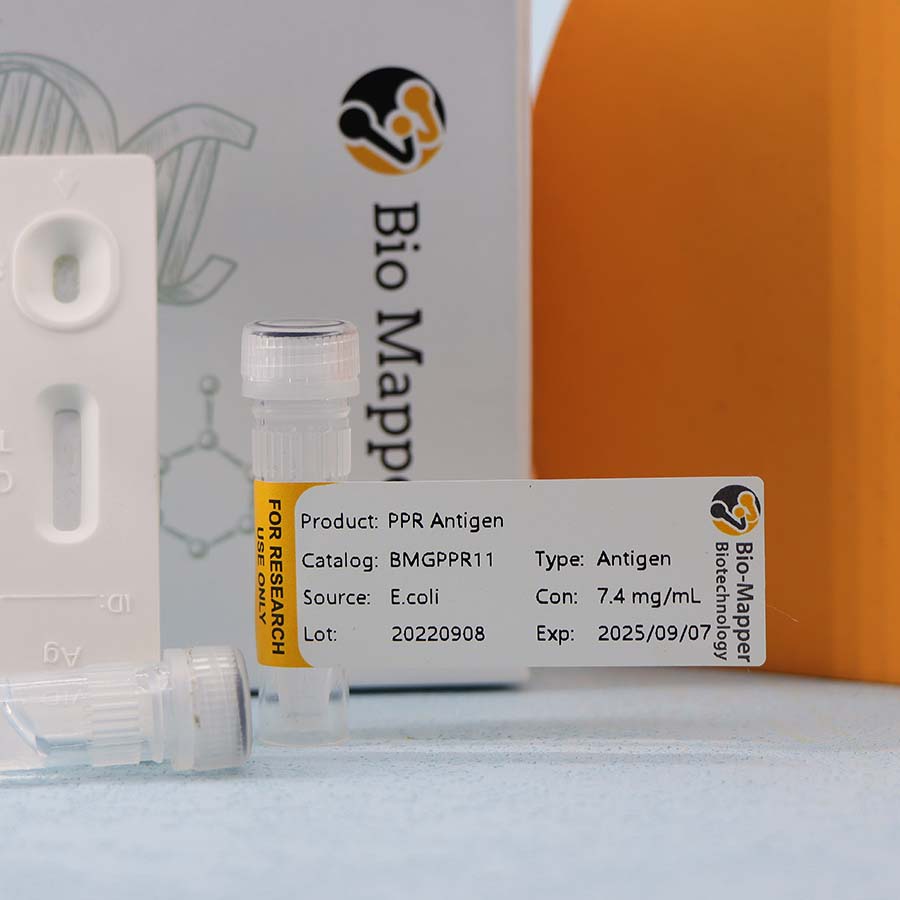Basic information
| Product Name | Catalog | Type | Host/Source | Usage | Applications | Epitope | COA |
| TOXO Antigen | BMITO313 | Antigen | E.coli | Capture | CMIA, WB | P30 | Download |
| TOXO Antigen | BMITO314 | Antigen | E.coli | Conjugate | CMIA, WB | P30 | Download |
Toxoplasma gondii is an intracellular parasite, also called trisomia. It parasitizes in cells and reaches various parts of the body with the blood flow, damaging the brain, heart and fundus of the eye, resulting in the decline of human immunity and various diseases. It is an obligate intracellular parasite, Coccidia, Eucoccidia, Isosporococcidae and Toxoplasma. The life cycle requires two hosts, the intermediate host includes reptiles, fish, insects, birds, mammals and other animals and people, and the final host includes cats and felines.
Toxoplasma gondii belongs to coccidia, toxoplasma family and toxoplasma. The life cycle requires two hosts, the intermediate host includes reptiles, fish, insects, birds, mammals and other animals and people, and the final host includes cats and felines. The life cycle of Toxoplasma gondii can be divided into five stages: tachyzoite stage (trophozoite): rapid division in nucleated cells to occupy the cytoplasm of the whole host, called pseudocyst; bradyzoite stage: slow proliferation in the cyst wall secreted by the body, called cyst, which contains hundreds of bradyzoites; Schizosome stage: It is the aggregation of merozoites formed by the proliferation of bradyzoites or sporozoites in the small intestinal epithelial cells of cats; Gametophytic stage: large gametes (female) and small gametes (male) form zygotes after fertilization and finally develop into oocysts; Sporozoite stage: refers to the development and reproduction of the sporophytes in the oocyst, forming two sporangia, and then each sporangia develops into four sporozoites. The first three stages are asexual reproduction, and the last two stages are sexual reproduction.
Toxoplasma gondii develops in two stages: the extraintestinal stage and the intraintestinal stage. The former develops in the cells of various intermediate hosts and main tissues of terminal infectious diseases. The latter developed only in the epithelial cells of the final host intestinal mucosa.
